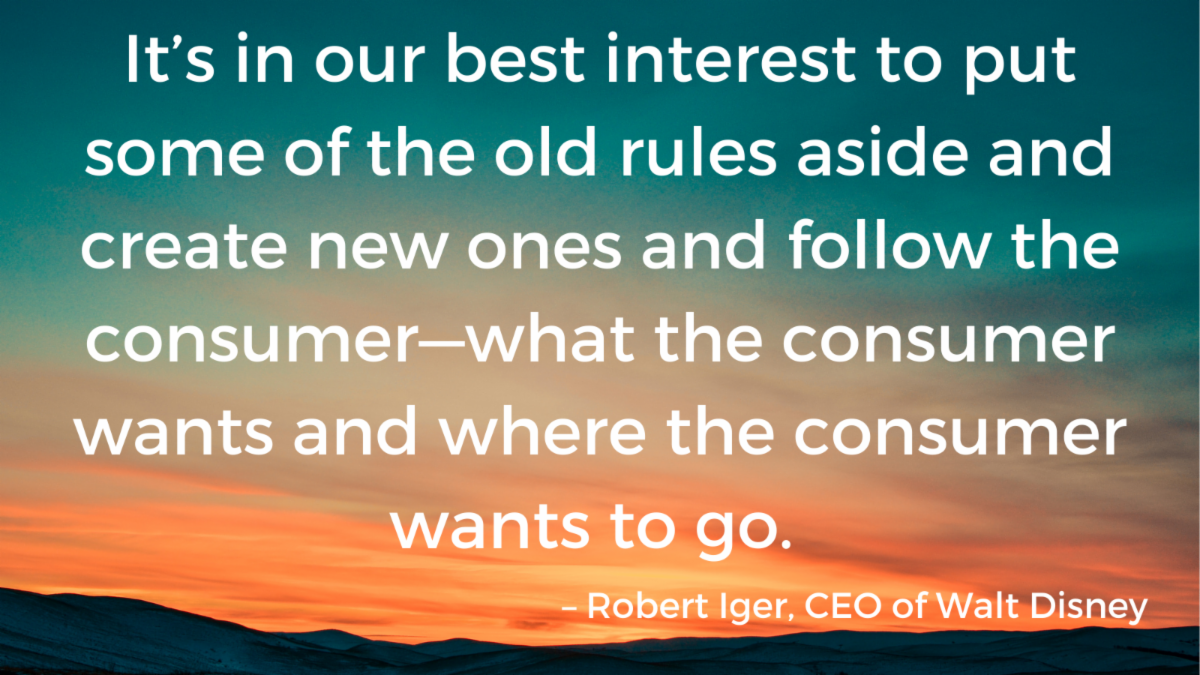
April 22, 2021
To Increase Employee Engagement, Be A More Engaged Leader
I’ve seen considerable energy, time, and money thrown at programs of all kinds designed to increase employee engagement. But if you want to increase the engagement of your team to ensure you get their most valuable effort, look directly in the mirror at where you should focus your efforts.
In my research and study of over 250,000 360-degree surveys, it was always clear that the most influential factor on a person’s level of commitment and engagement was their direct manager. If you are reading this newsletter, this probably doesn’t surprise you. But this fact does leave many leaders wondering how they can engage with their teams in a more impactful way. So, I’ll sum it up in two words: Emotional Connection.
I want to be very clear here. I am not talking about being excessively vulnerable, oversharing one’s personal experiences, or developing friendships instead of appropriate professional working relationships. I’m talking about relating to others as human beings. And humans are emotional creatures. Not droids. Not task focused automatons. But people.
So it’s no surprise that one-dimensional directives, assignments, and meetings are often – well, uninspiring. In fact, when I co-authored my first book, The Inspiring Leader, the ability to use emotions or make emotional connections was the highest-rated leadership behavior among the most inspiring leaders in the world. Leaders can make emotional connections by:
- Expressing concern about issues or people. Demonstrating with words and actions the degree to which you care about what is happening with someone or something.
- Displaying enthusiasm or excitement for what is possible, for a job well done, for the direction you want to take the team or organization.
- Sharing dissatisfaction or anger, which can draw attention to issues requiring focus. This strategy is to be utilized with caution, however, because it becomes less and less powerful with every use. This is most powerful when it is rare.
- Taking interest in the progress and development of others, and investing your time and energy in helping them to grow.
- Inviting the perspectives of others and listening to their point of view. Bonus points if you focus on understanding their ideas fully before offering your opinion.
These are just a handful of ways that you can engage members of your own team and others across the business. If you want to inspire and motivate others to the highest levels of performance, dedicate some energy toward doing this well. And if you want to read more on the topic, here is an article I wrote a number of years ago for HBR:
Three Ways Leaders Make Emotional Connections
The Value Of Succinctness
When I coach leaders to communicate more powerfully, I often work with them to be more succinct. After all, people can only absorb so much content at one time. But being succinct doesn’t just mean being brief. It means being able to express your points, your vision, your strategy, or whatever you are articulating in a way that will move others to action.
Being succinct requires leaders to think about how they express their ideas in a way that really resonates with their audience. Here are a few questions to ask yourself about the clarity of your executive communication:
- Is this simple? Avoid equivocation, jargon and corporate speak.
- How is this useful? Make sure that you are pragmatic.
- Can I make this more inspiring? See emotional connection ideas above.
- What do I want people to remember? Consider the essence of what people should take away.
- Have I been thoughtful? Think about unintended consequences or key points that may be missing.
Succinctness isn’t just about brevity of the message. It’s about your ability to convey what is most important in a powerful way. And yes, it helps if it doesn’t take a long time for you to say it!!
On The Oscars
I love getting good feedback about my work. And who wouldn’t enjoy that positive feedback with millions of people watching, which is of course part of the popularity of the Academy Awards. But it seems to me that Hollywood gets a bit too self-congratulatory with the sheer volume of awards and awards shows these days. So much so that I tend to tune them out.
But do you know who isn’t tuning out positive feedback and recognition? Every single person that reports to you. And the people that report to them. Odds are, they are working as hard as they ever have to produce the desired or even better than expected results. Maybe this awards season can prompt you to do a little more for them. Recognize a great effort by a team member. Reward an achievement with something meaningful. You may even consider your own (smaller scale) awards show. I haven’t talked with anyone lately ever who feels that their boss has gone overboard on appreciation.
Current Read:
Unanswered emails used to be an etiquette faux pas, but with the overreliance on email these days, it seems to be an everyday thing. You know the feeling of sending an important email, then anxiously awaiting a response for days on end. It can be so frustrating! In a world with seemingly endless emails, I revisited this Harvard Business Review piece that features guidance as relevant as ever about sending follow up emails that will get the job done:
How to Follow Up With Someone Who's Not Getting Back to You
Quotable:

Subscribe to Edinger's Insights Newsletter
Edinger’s Insights is packed with strategies and ideas to lead business growth.*
*Scott will never share your contact information
EdingerInsights_SignUp
Thank you for subscribing.
Please try again later.


